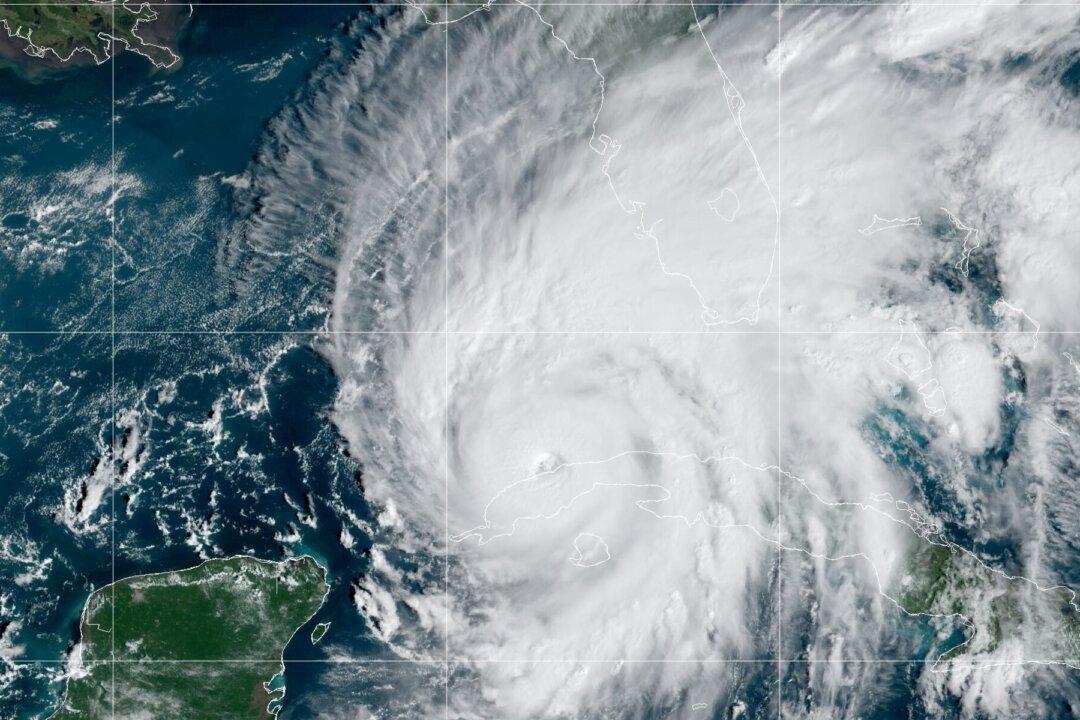The National Oceanic and Atmospheric Administration (NOAA) on May 25 released its forecasts for this year’s Atlantic, Central, and Eastern Pacific hurricane seasons.
NOAA has two hurricane centers to cover different parts of the world.

The National Oceanic and Atmospheric Administration (NOAA) on May 25 released its forecasts for this year’s Atlantic, Central, and Eastern Pacific hurricane seasons.
NOAA has two hurricane centers to cover different parts of the world.